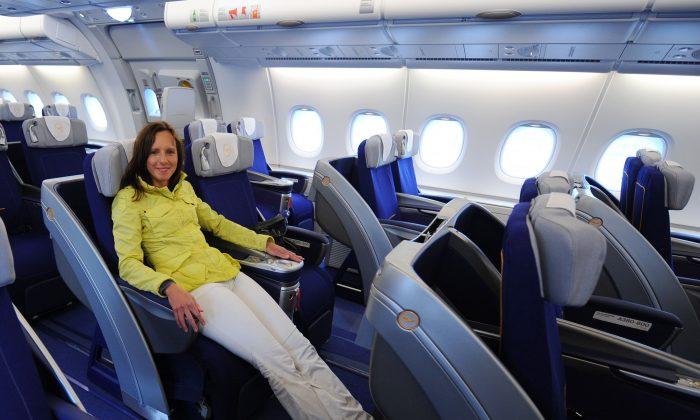My colleagues who travel with me know by now that I generally like to be one of the first people on the airplane when boarding starts. As I see it, getting on the plane early and settling yourself into your seat is one of the perks of flying business class or having frequent flyer privileges. Yet, there is another reason why I do this. It is to take my seat for a “test drive” to make sure it is working properly. This is a key step before embarking on a long trip.
Based on my experience, there are still quite a few older airplanes, with aging seats and equipment, flying around in the sky. On occasion, you will find that leg rests are stuck, or headsets and personal television screens are not working well. If you are flying for a long time, these types of upgrades and benefits (which you are paying for by the way) become essential to a good flying experience. Checking these out thoroughly in the beginning is important so that airline staff and technicians at the airport can either fix it before takeoff, or the airline can compensate you accordingly by changing your seat or offering you money/points for the inconvenience.
Here is a simple checklist to use on your next flight (especially if it is business class) to test drive your seat:
1. Ensure your seat back moves well: The most important feature of an upgraded business class seat, in my opinion, is that the seat back works to let you rest properly. If you have a flat-bed type of seat, I suggest pushing the button to extend it fully to ensure it will lay flat. You don’t want to find out you have an issue four hours into your flight when you are ready to sleep!
2. Check leg rests: The second most important feature of an upgraded seat is the leg rest. During the flight you will likely be moving it up and down to sleep, go to the restroom, or to let your neighbor get by. Make sure it works.
3. Try the headset: I have found that most travelers still rely on the headsets provided by the airlines instead of bringing their own. With that said, plug in yours to ensure both ears have sound and the cable itself is working well. I find that many tend to have static or loose wires that cause sound to come in and out, which can get annoying after 10 hours!
4. Check music and movie/television channels: I have had issues in the past with movies getting stuck or the screen freezing up on me. In many cases, the flight attendants can fix this issue themselves, by rebooting your individual television set.
As always, I wish you all the happiest of travels!





